'Terrified' teen abandoned his newborn daughter—16 years later, a call from her saved him when his life fell apart

Moments of despair can suddenly turn into chances for renewal, even when hope seems completely lost. Artist Matjames Metson experienced this turning point after the horror of Hurricane Katrina, as reported by the BBC. He had lost his home, his artwork, and almost all sense of purpose. Broke and traumatised, he believed his life had reached its end. Then came a call from the daughter he had not seen since infancy.
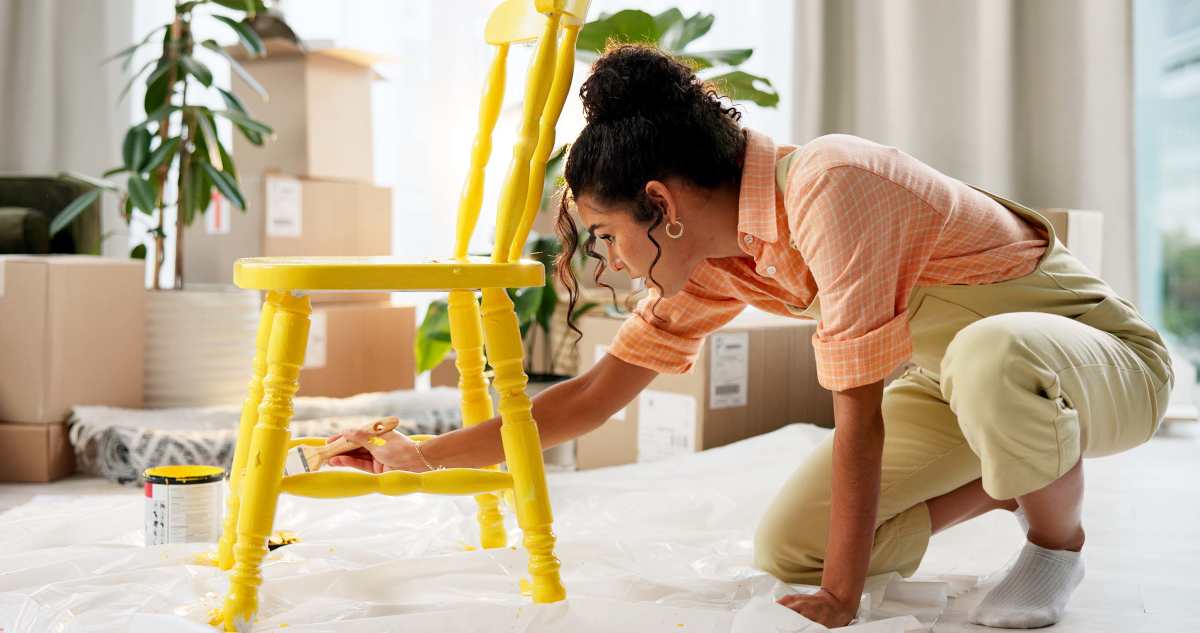
Matjames was 16 when he first saw Selanie, who would later become the mother of his child. “Selanie walked into my American history class and I was just blown away. I was like, ‘Oh my God, who is that?’” he recalls. Their relationship lasted for years but ended before Selanie became pregnant. “I was utterly terrified,” Matjames admits. “I was too young, too naïve, and I didn’t know what to do.”
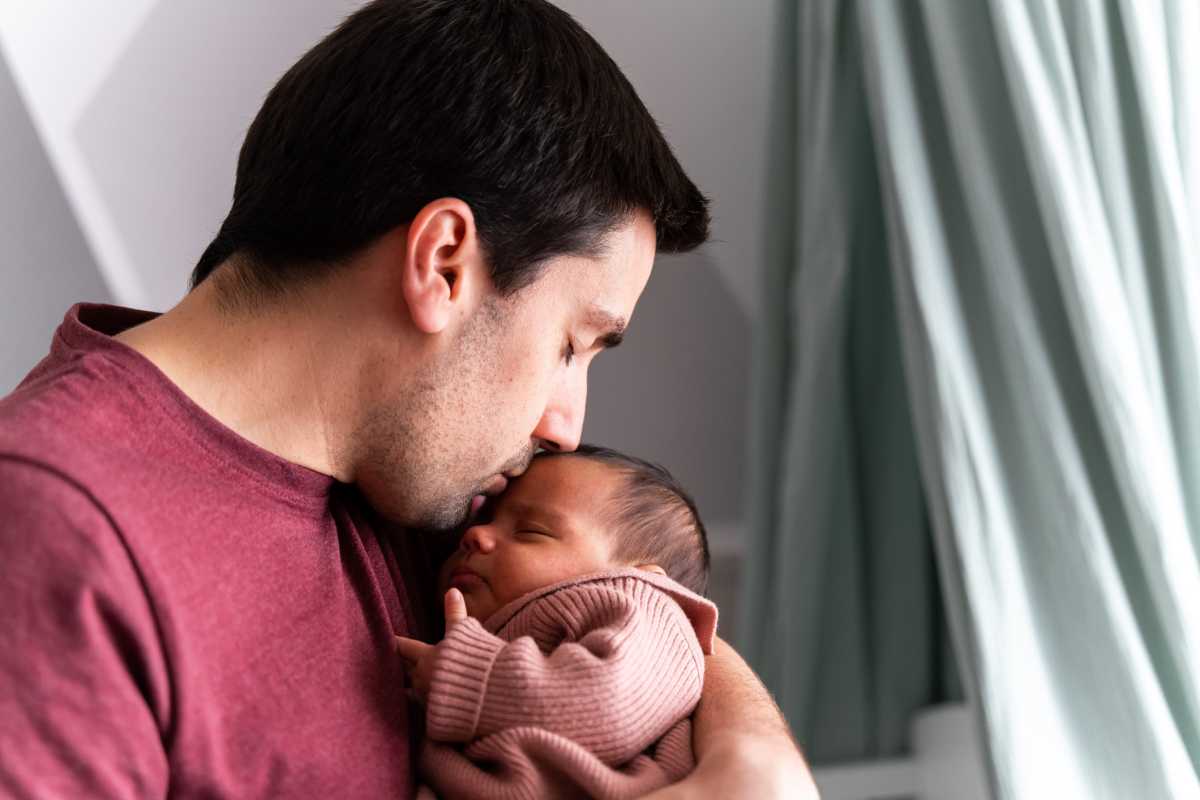
When their daughter, Tyler, was born, Matjames briefly met her outside the Glen Helen Nature Preserve. “I held Tyler in my arms for about 30 seconds, I’d say, and that was it,” he says. The weight of fatherhood overwhelmed him. “I didn’t understand that it was my child on an emotional level... Having zero self-esteem at the time, I chose to run and continued to do so.” It was the beginning of a long journey of escape.
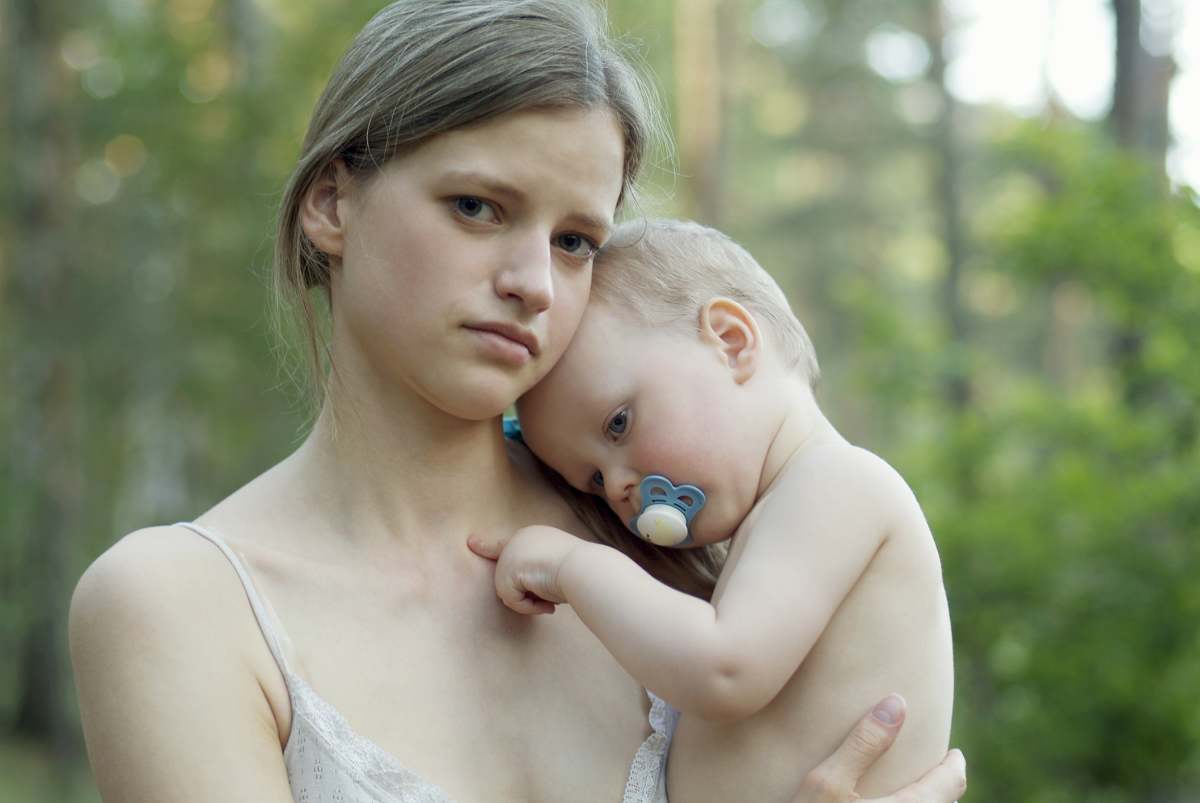
He drifted between cities, eventually finding himself in New Orleans, drawn to its energy and hidden corners. He became known in the French Quarter for his art, creating assemblages from discarded materials. “I was embraced as a character and a spectacle,” he says. The city gave him freedom and a reputation, but guilt lingered. In later drawings, he would sketch himself bent under the “16-tonne block of burden” he carried, unable to outrun the past completely.
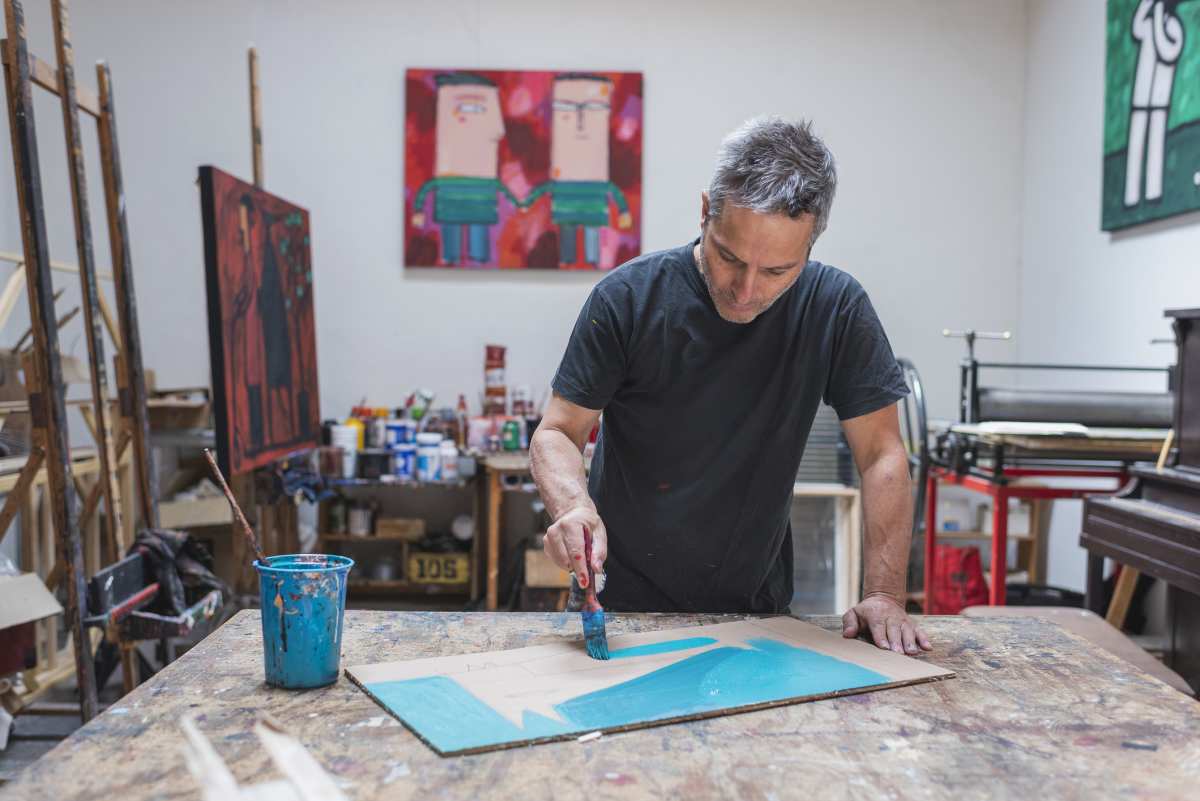
By 30, Matjames had gained recognition and some stability. But in 2005, just after moving back to New Orleans, Katrina struck. “I get an apartment, I unpack my stuff, and that’s when Katrina hit,” he remembers. The storm’s destruction scarred him deeply. “It was utter destruction. If I close my eyes, I can still see it.” His apartment was waterlogged, his art destroyed, and for days, he survived with only his dogs, Pikachu and Pearl, before escaping to Los Angeles.

Life in LA offered little relief. His small apartment was crumbling, and he worked for $7 an hour at an art supply store. “My capacity for self-preservation was slipping,” he recalls. Often, he ate dog food when there was nothing else. His dogs were his family, but his own will to live was fading. He describes himself as “braced for the end.” Then, one day, the phone rang, and everything shifted.
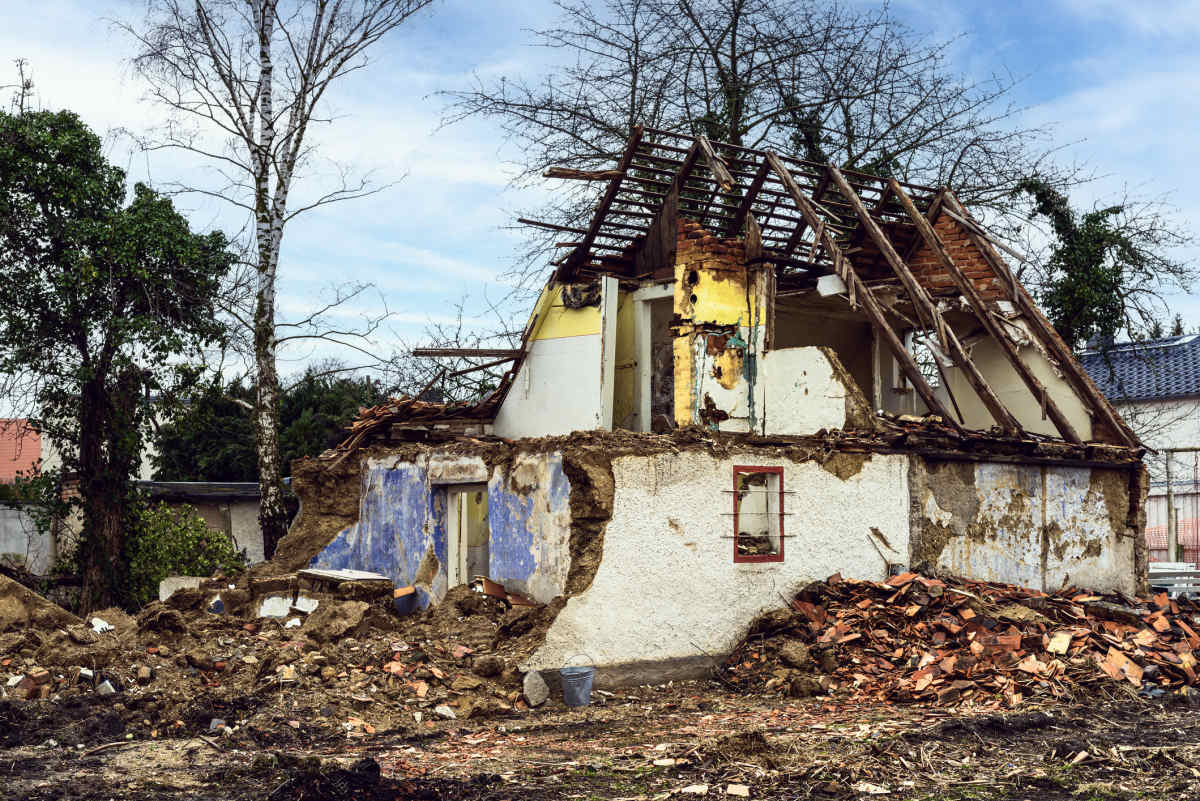
On the line was Tyler, then 16, who had just found his number. “Have you ever heard the name Tyler before?” she asked. “Tyler, I’ve been waiting for this call for 16 years,” he replied. That moment changed everything. They talked, shared music, and rebuilt a bond. “I really feel as though my spine straightened and my eyes opened,” shared Matjames. "'Well, ok, here I am in Los Angeles, my daughter thinks that's amazing, maybe I should think that's amazing?'" His daughter gave him a reason to live, and with her support, he found his way back to art.
The motivation to do better for his daughter got him creating and exhibiting his artwork again. A few years later, when Matjames' situation significantly improved, Tyler met him in LA for the very first time. She shared how the meet-up felt natural, and she noticed the visible resemblances between her and her biological father, too. "I have curly hair, and my mum has pin-straight hair, and it's always been a situation trying to figure out how to deal with my hair."
Later, Matjames also visited Tyler's artwork as she was re-upholstering a sofa. "My whole inspiration behind upholstery and my love for furniture and fabrics was initially inspired by my mother," Tyler shared. Over time, Matjames and Tyler also had numerous conversations about his absence in her life while growing up. "She understands why I had to go," he mentioned.